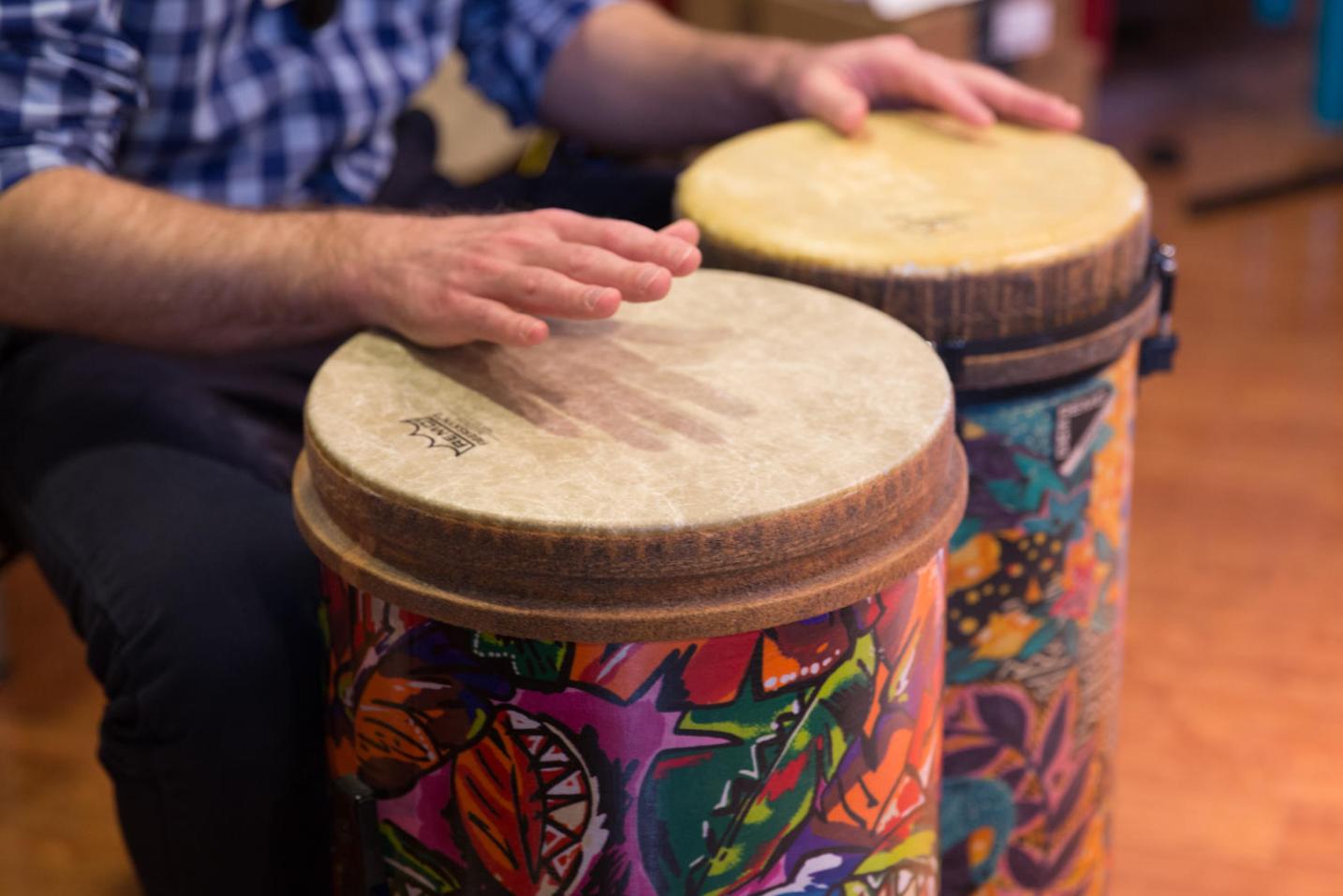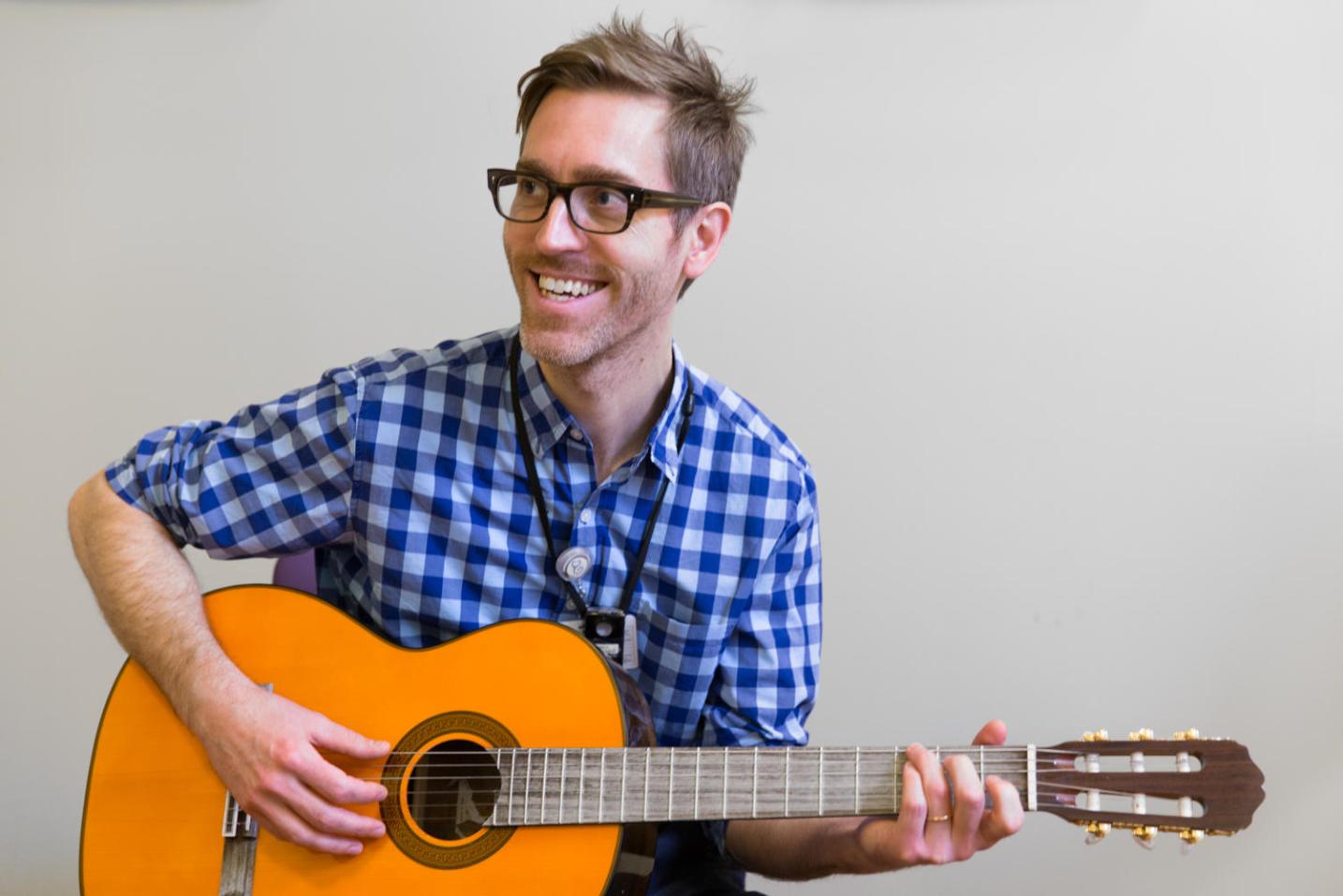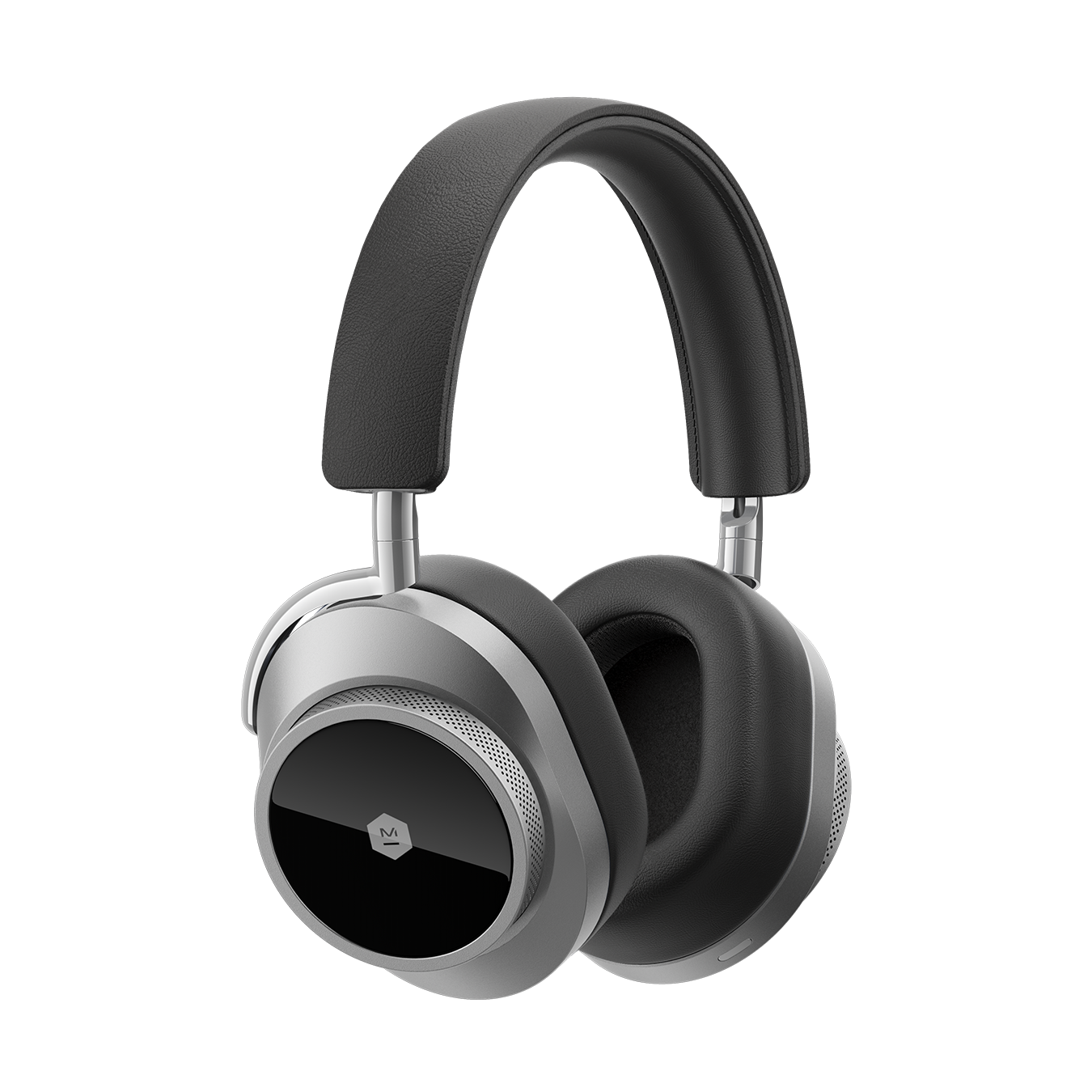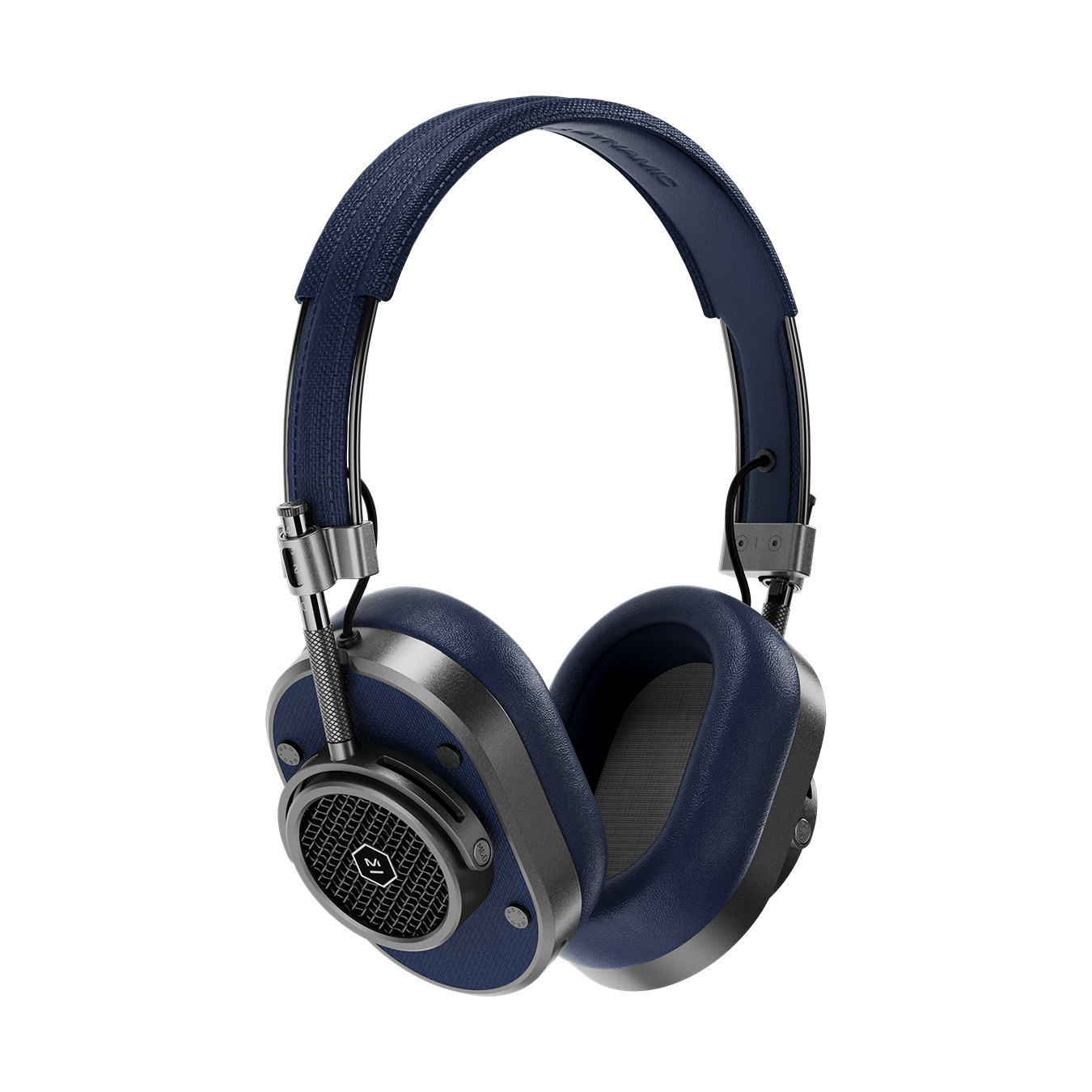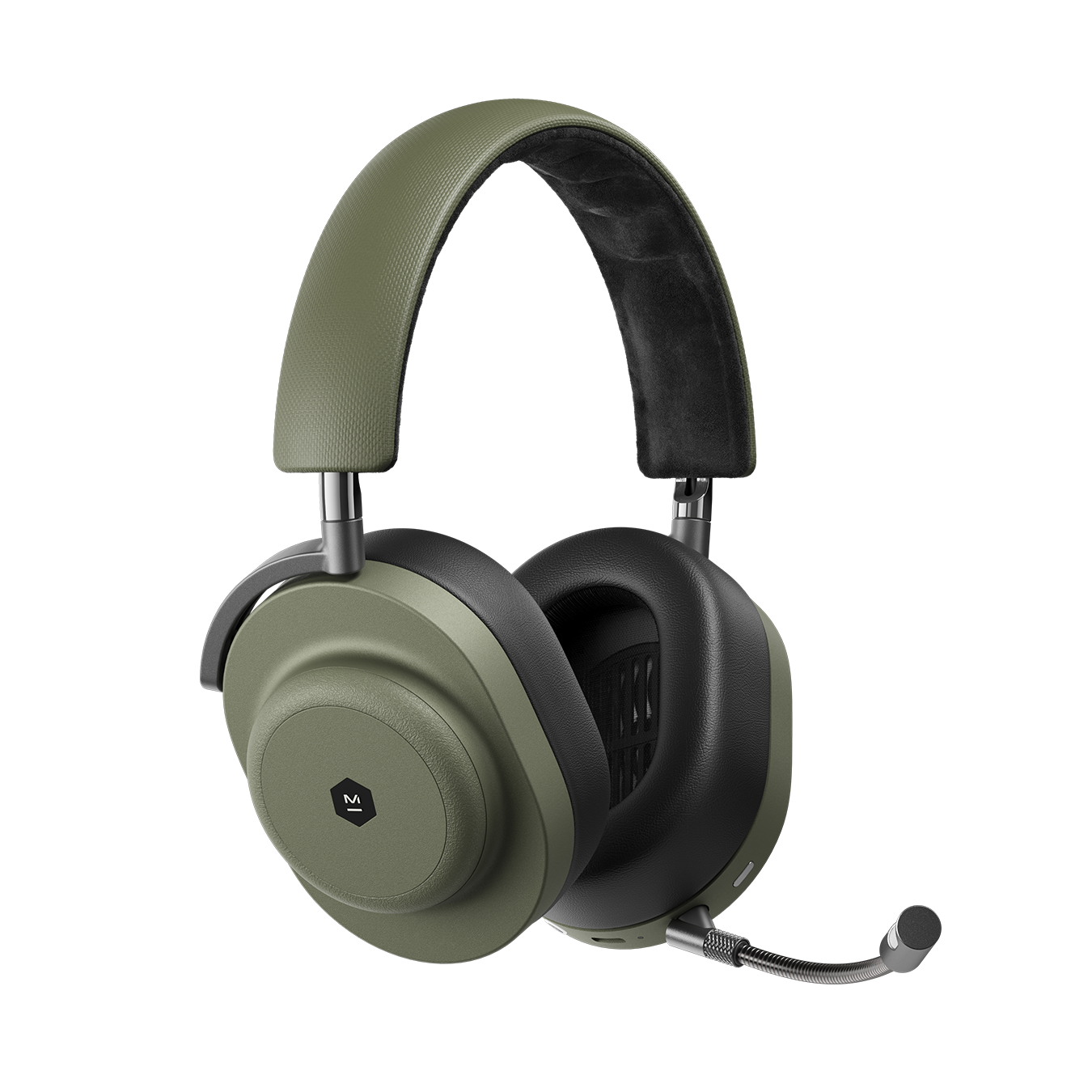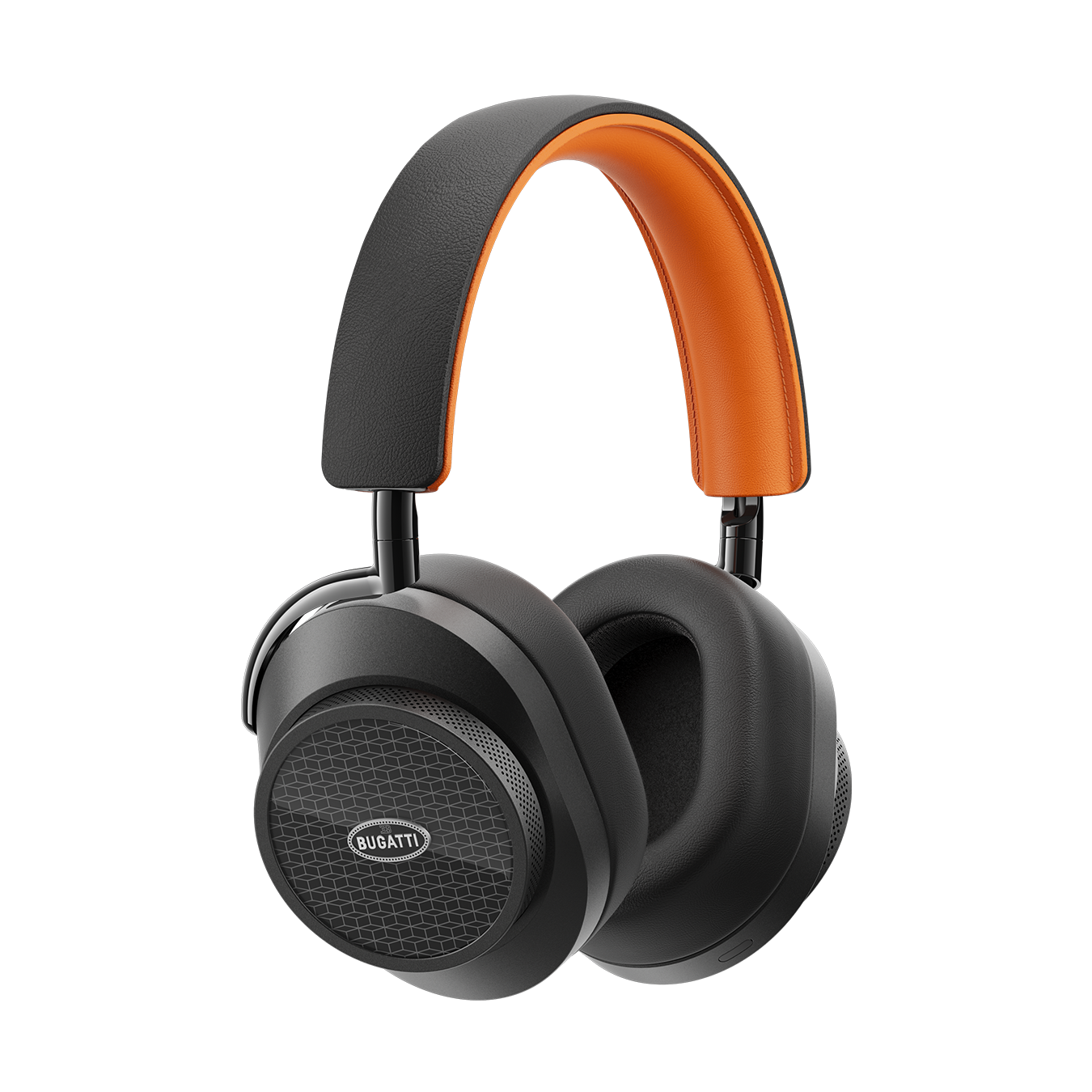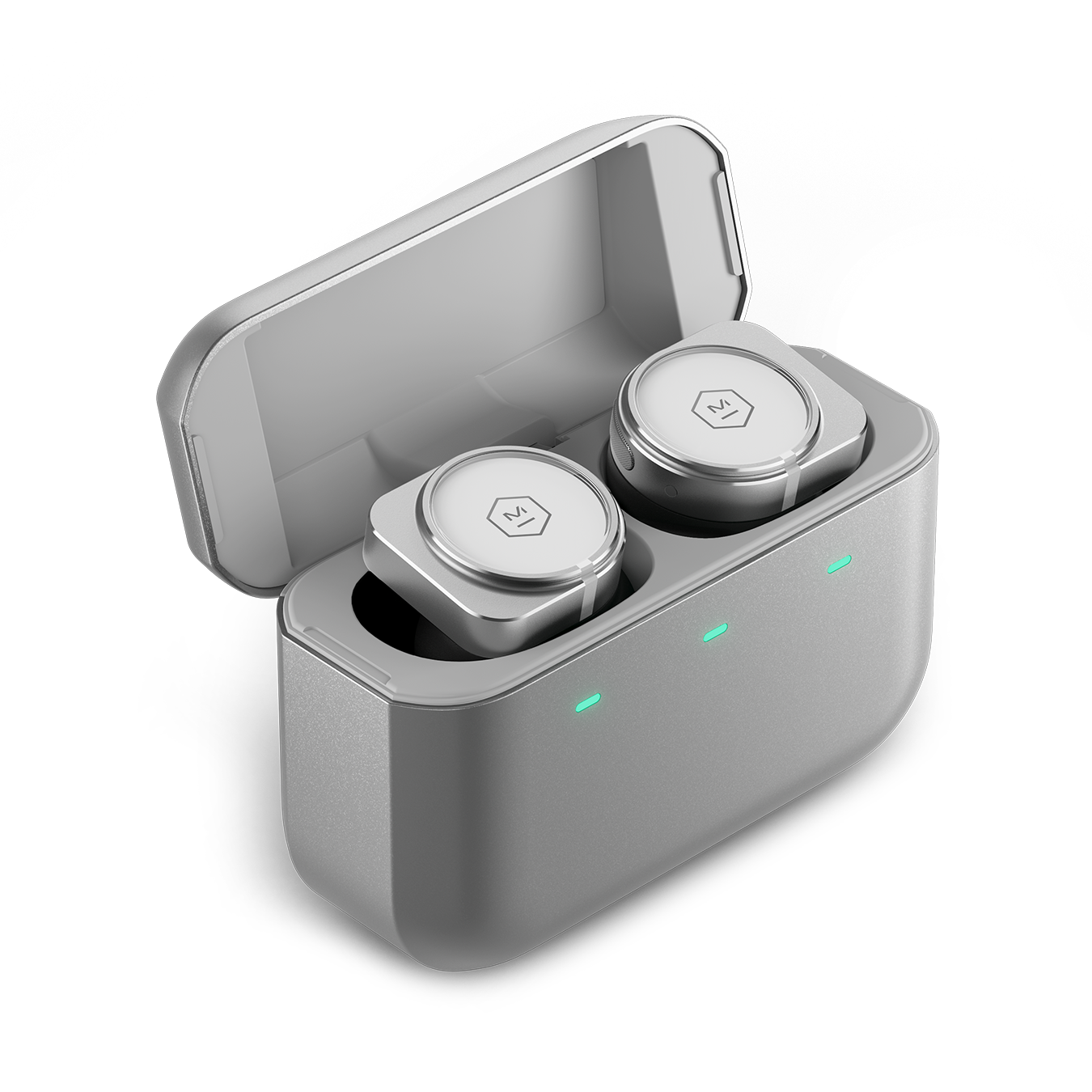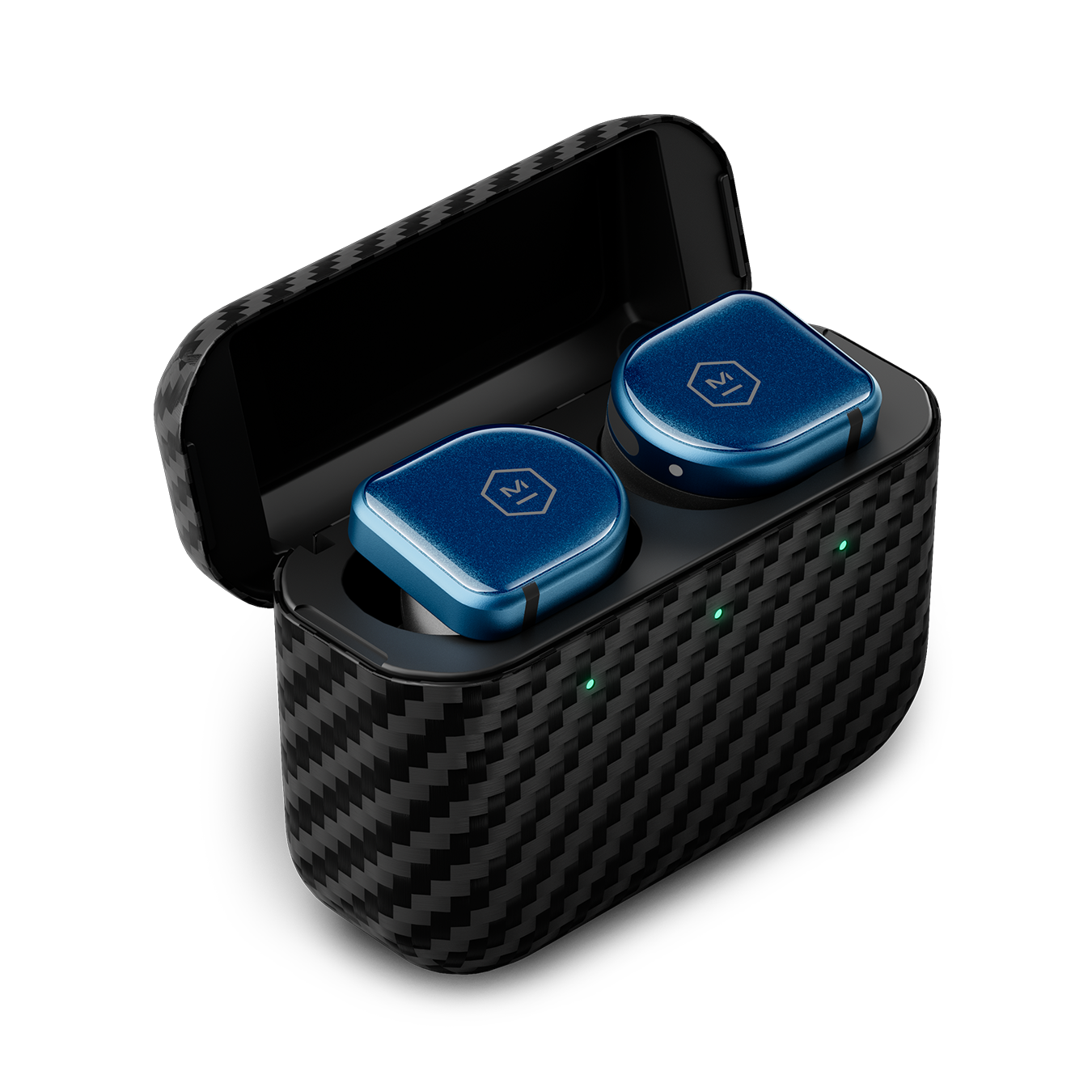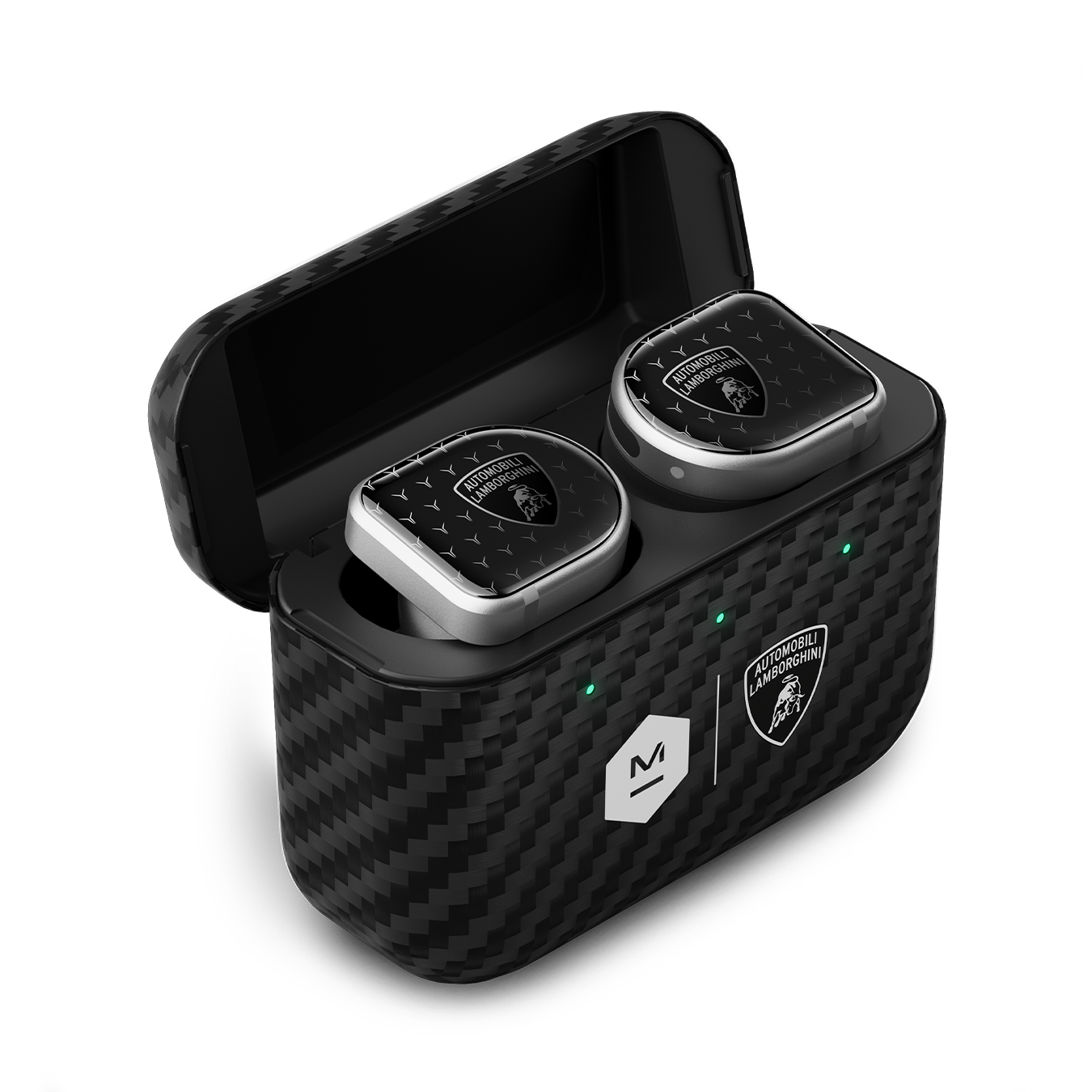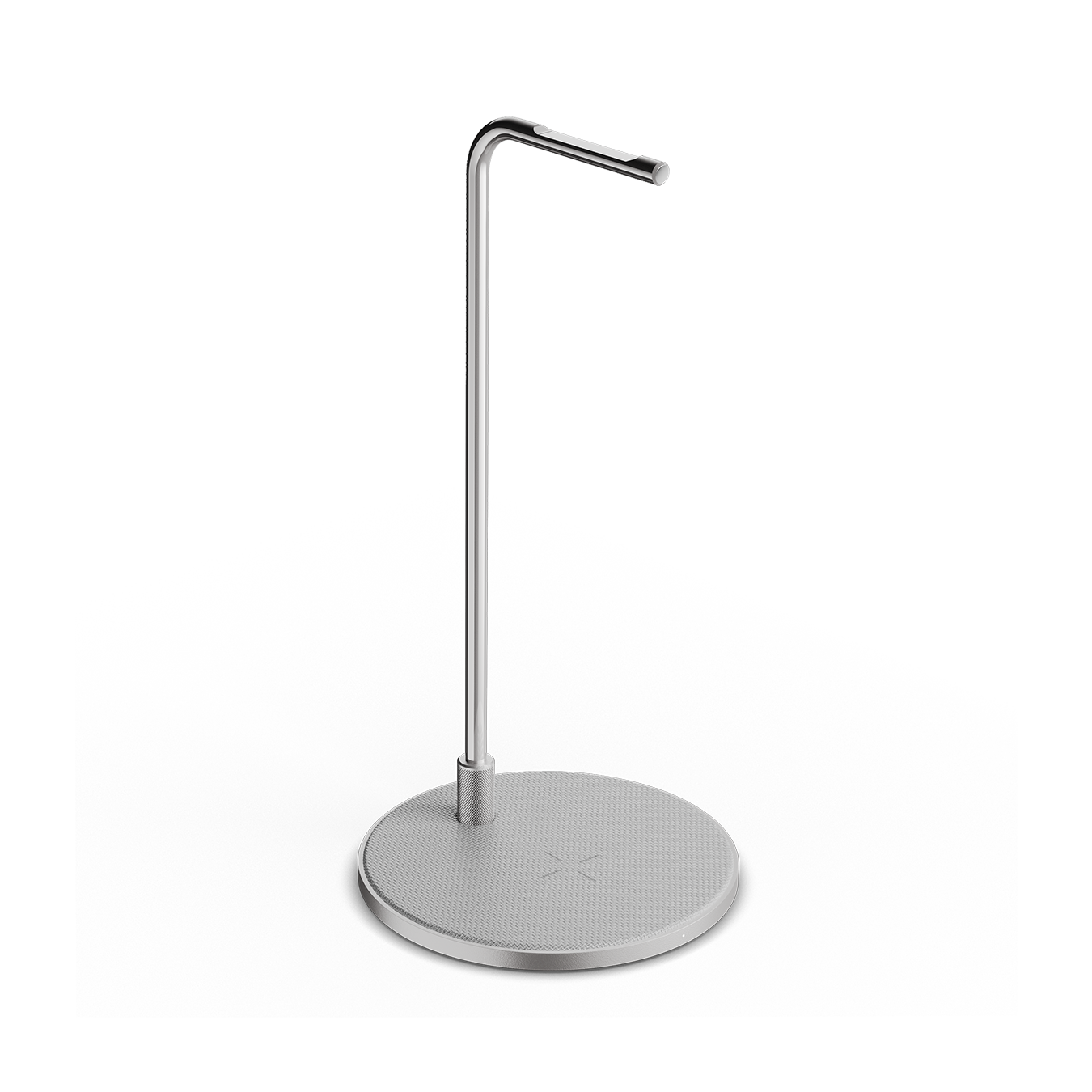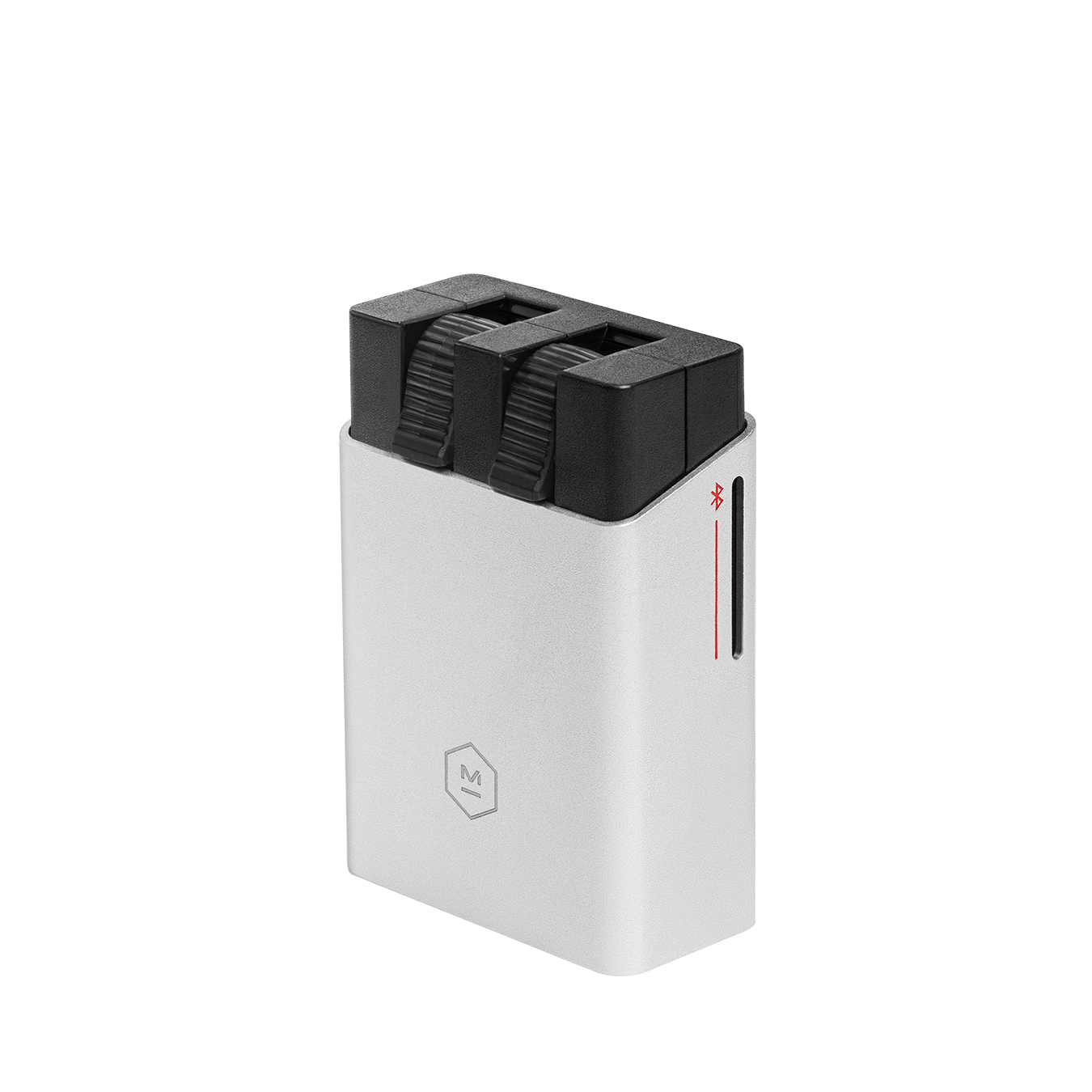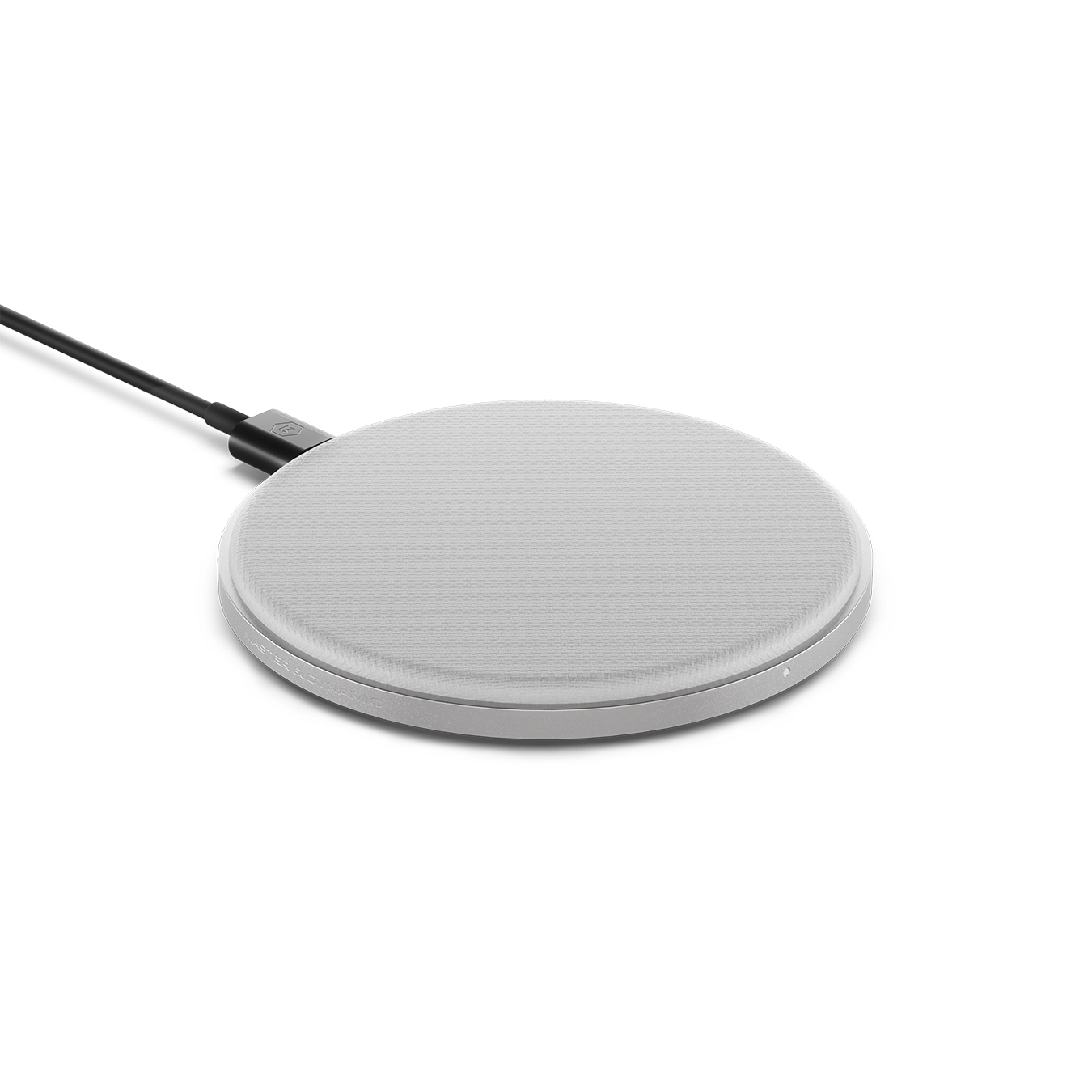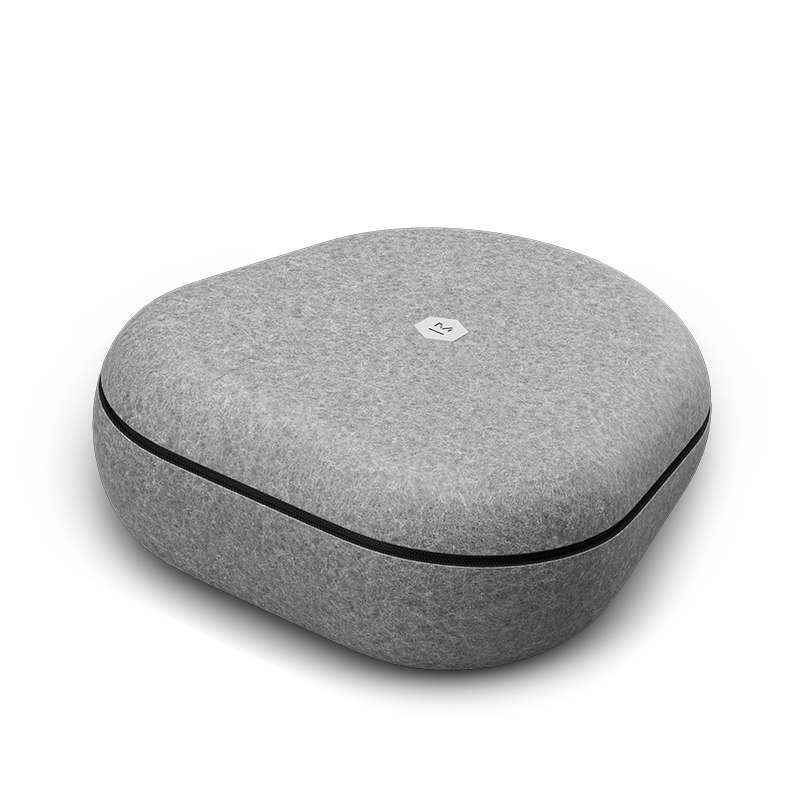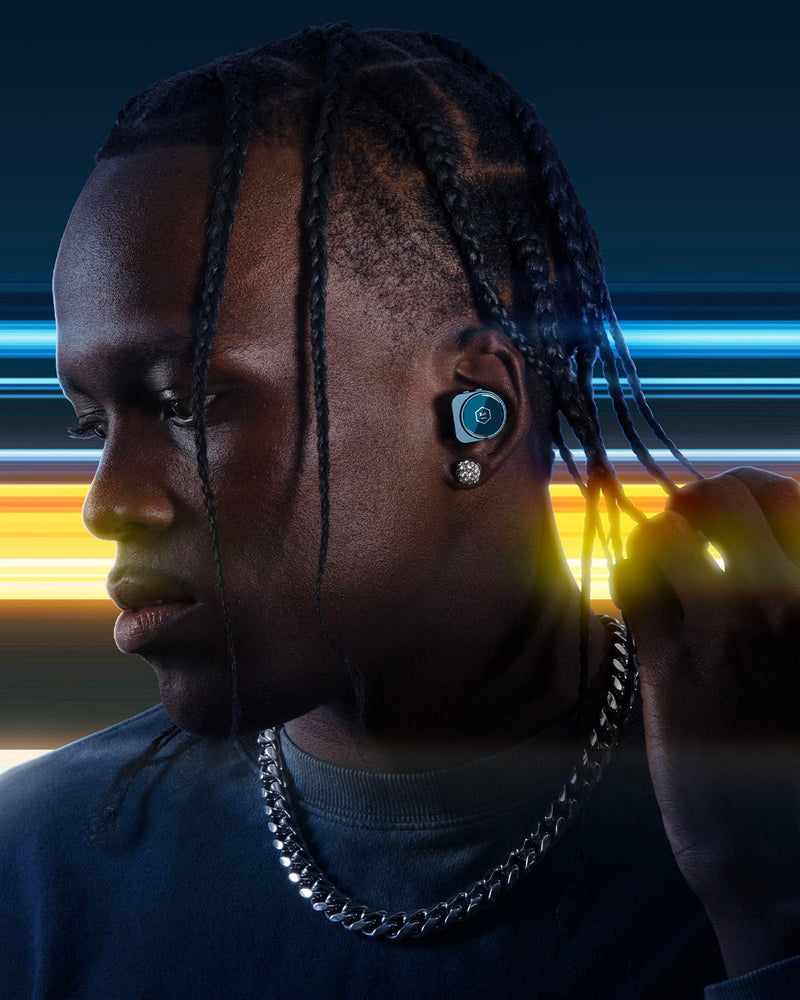Music is power. Whether in the foreground or the background, music has the ability to influence everything from how we feel to how fast we walk through the supermarket. It can shape our perception of our environment and on a physiological level, it can even affect how we experience pain. At Mount Sinai Kravis Children’s Hospital, sound’s power is harnessed for clinical treatment. To better understand its effects on the brain as well as its use as integrative medical treatment, we caught up with Todd O’Connor, a music therapist, who works with children at Mount Sinai.
On a basic level, music therapy is the use of music interventions to achieve specific and individualized goals within a therapeutic relationship. At Mount Sinai, music therapy is used within varied contexts, but is meant to address the multiple needs of a patient. As O’Connor explains, the therapy is used to “mitigate stress for patients and the patient’s family, develop coping mechanisms, and manage pain.” It can also be used to “reinforce resilience” and feelings of health. While we often speak of health from a physiological perspective, “even chronically and terminally ill patients can have a sense of feeling healthy,” O’Connor says. The sessions, especially music improvisation, can give patients the ability “to engage in the world around them,” something that is often hard to get from a hospital bed or for someone with specific health limitations.
In the Neonatal Intensive Care Unit (NICU) at Mount Sinai Beth Israel, music therapy interventions have been used to stabilize infants’ vital signs. These interventions help decrease stress on premature babies’ nervous systems, allowing them to devote more energy to growth. Instruments like the “ocean disk” and the gato box, which imitate sounds heard in utero such as the mother’s heartbeat and the “whooshing” of blood in the womb, are all becoming standard tools for preemie care. In O’Connor’s work with children and adults the drums and the guitar are the most popular instruments.
Similarly to the methods used with premature babies, O’Connor’s sessions are patient-specific and tailored to individualized treatment objectives. He describes that, if we were to peek in on an earlier session, we would have seen what looks like a young girl bossily directing him in a rambunctious rendition of a Justin Bieber song. His goals for this patient revolve around her taking an idea from conception to execution. For this patient, music therapy offers a situation where she can be in control, even when she has to sit with “huge unknowns where the adults around her don’t have the answers.” As O’Connor explains, “the hope is that she can feel some grounding” and empowerment through the sessions.
While O’Connor uses sound within the framework of music therapy to provide relief, comfort, and health benefits to his patients, music as medicine is not limited to a clinical setting. We use music to guide our moods and experiences everyday. Whether it is playing under the radar or pumping loudly through speakers, the power of sound is a force to be reckoned with.


